Develop your own ANTENNA: A step by step process using the Numerical Electromagnetics Code (4NEC2 software) in designing my own version of yagi-uda antenna
Hello everyone!
How was my contributions? Do you find it helpful? If you do, then I would be happy. Now I will start my contribution to the field of communication, where I will show you how to design or develop an antenna using 4NEC2, an open source software. So this is my first contribution in which I will develop my own version of the Yagi-Uda antenna which for me has the better characteristics than the existing Yagi-Uda design.
To start with, let us know first the important part of this topic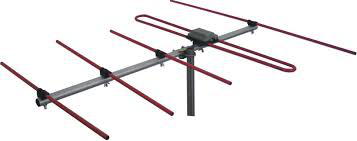
What is Antenna?
An antenna is a dielectric or a conducting structure that radiates and receives electromagnetic waves in the space which is the surrounding medium efficiently.
Antenna is like Eye and Ear of any radio system. A system without antenna won’t have the ability to transmit or receive to its full capacity. An antenna is used in devices such as mobile phones, televisions and wireless communication.
What are our OBJECTIVES?
To be able to improve the existing antenna in order to give better transmission and reception.
To make a design that will give the best antenna when in terms of power transfer
To simulate the antenna design with different factors of consideration
To be able to distinguish the best design to be implemented
To be able to compare the actual test results & calculation of parameters with the simulated and hypothetical calculation
To be able to accept/receive the transmitted signal at the receiver which is a radio set or an analog radio and/ or a digital radio
Now let us know the Yagi-Uda antenna that we want to design with
A Yagi – Uda antenna is frequently referred to as Yagi antenna. It is considered a beam antenna because of its highly directional radiation pattern. This was invented be Professor Shintaro Uda and first described in English by Hidetsugu Yagi. The common application is for TV signal reception.
It is usually used at frequencies between about 30 MHz and 3 GHz, or a wavelength of 10m to 10cm. It may be regarded as a structure supporting a traveling wave whose performance is determined by the current distribution in each element and the phase velocity of the wave.
THEORY OF THE YAGI-UDA ANTENNA
A Yagi-Uda antenna or commonly known simply as Yagi antenna is a unidirectional antenna system consisting of an array of dipole and additional closely coupled parasitic elements called reflector and a one or more directors. While the driven element is an active element directly connected to the feed line usually a parallel or coaxial line. The names of the elements tell their corresponding functions. According to its optical equivalent, the reflector is acting as a mirror that can reflect radio waves while the director as lens that can redirect or focus the radio wave to the driven element acting as the source.
Dipole length=( λ (wavelength) )/2
Reflector length= λ (wavelength) ×0.55
Directors length= λ (wavelength) ×0.45
ANTENNA CHARACTERISTICS TO BE CONSIDER
- The number of parasitic elements
- The lengths of parasitic elements
- The spacing of the parasitic elements with respect to the driven element.
Part I. Calculation of antenna parameters
Using a resonance frequency of 87.5 MHz
| Parameter | Calculation |
|---|---|
| Length of driven element | L = 1.72 meter |
| Reflector length | L = 1.89 meter |
| Director 1 length | L = 1.54 meter |
| Director 2 length | L = 1.4 meter |
| Director 3 length | L = 1.0 meter |
| Director 4 length | L= 0.8 meter |
| Director 5 length | L= 0.6 meter |
| Spacing between reflector and director | D= 0.80 meter |
| Spacing between director and driven | D = 0.20 meter |
| Spacing between directors | D = 0.20meter |
Part II. Simulation of our antenna base from the calculated parameters
1. Open the 4NEC2 software.
2. You can open sample file and then you can edit it
3. Now let us assume we already created our design with the parameters above
4. 3D view of the antenna
PARAMETERS IN CHOOSING THE FINAL DESIGN
The factors that I considered in choosing the best design that could improve the existing Yagi-Uda antenna.
- The radiated power – it is important factor to be improved since this antenna is known as beam antenna and it is considered as a high gain antenna.
- Front-to-Back ratio – this antenna is a unidirectional antenna, so it is certain that all other lobes that exist are undesirable since the radiation is only in one direction. The maximum power transfer is at the major lobe.
- Radiation pattern – the radiation pattern shows the maximum gain that the antenna could give with respect to a dipole antenna. High directivity is better.
- Impedance -- It is important to consider so that we could match this to the known impedance and to the air resistance. If the impedance is matched, then we can radiate maximum power transfer.
- Efficiency – bigger efficiency means that the radiated power is at the maximum level range.
- Cost – it is one of the important factors to consider especially when selecting the materials to be used. If the cost can be lessen but the functionality and efficiency will be meet then it is ok.
The final design that I had for this activity is a yagi-uda antenna with five directors and one reflector
Application of this activity
It is obvious that when we talk about wireless communication, it could not been possible if there is no antenna. Today we experience the importance of an antenna system, like when we watch news on television or listening music in a radio station. The most vital role of this antenna is being part of our daily communication around the world. If there is no antenna, we cannot receive or transmit messages on our mobile phones.
I am like a TV antenna, I catch everything that is in the air and then I do it my way.
--Karl Lagerfeld
Thanks for dropping by!
Have a good day!
Yours Truly
rfece143
Posted on Utopian.io - Rewarding Open Source Contributors
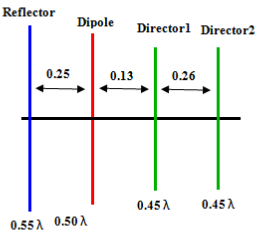
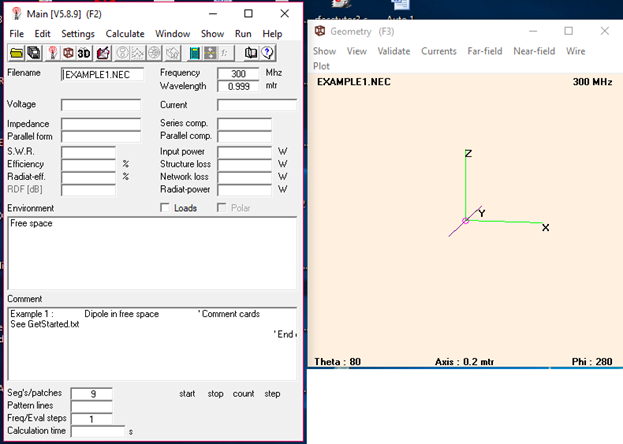
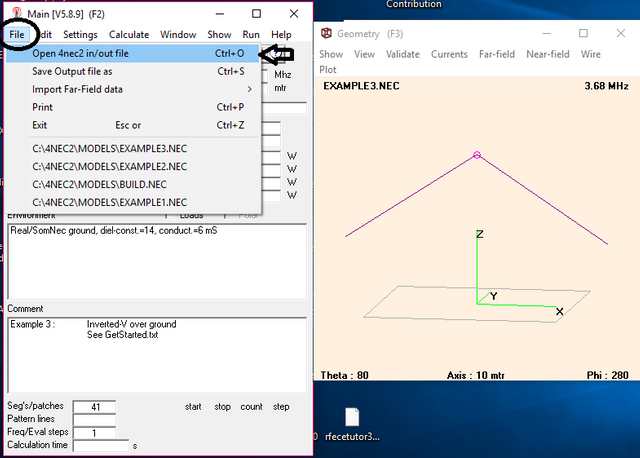
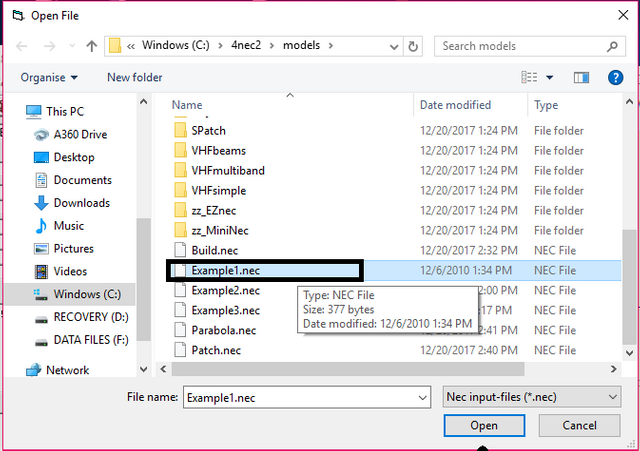
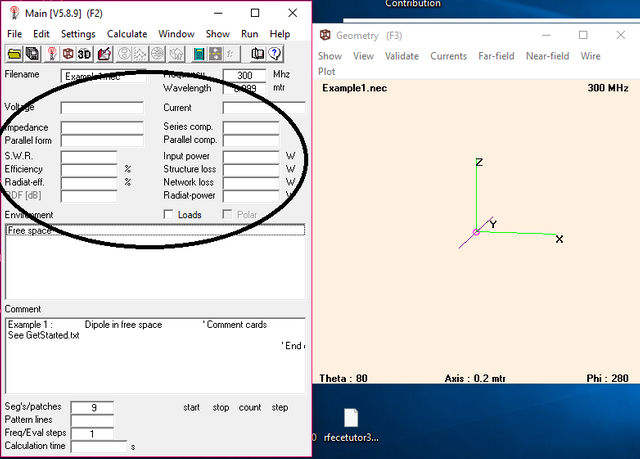
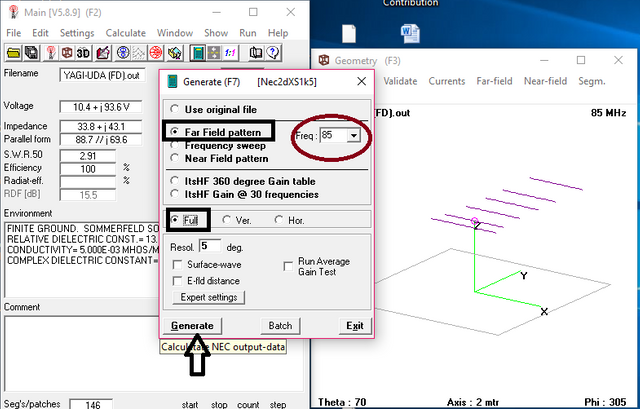
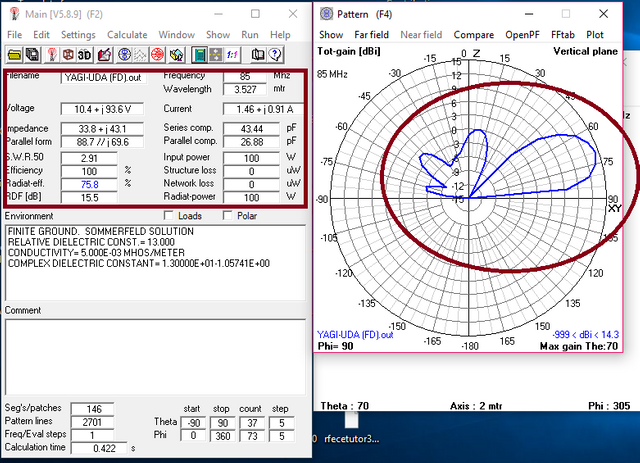

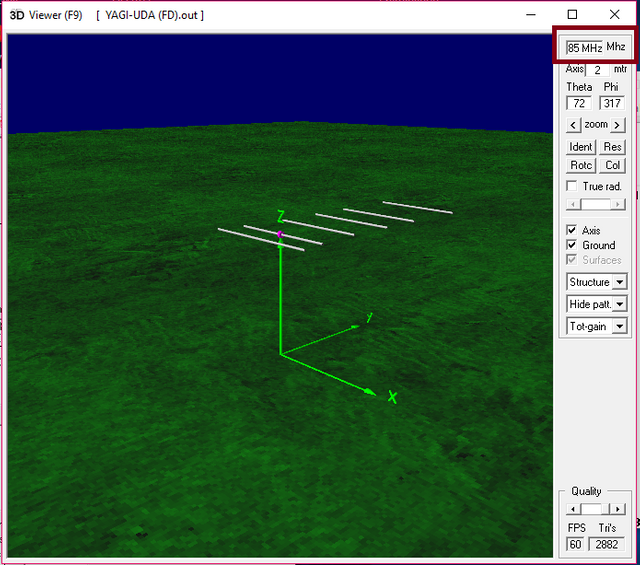
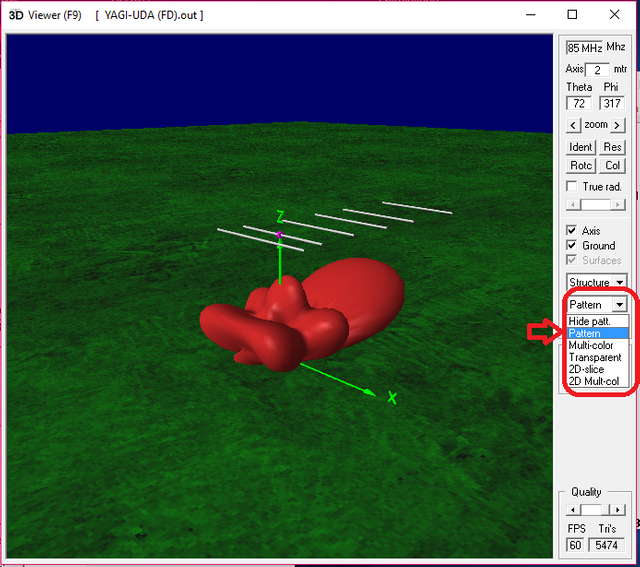
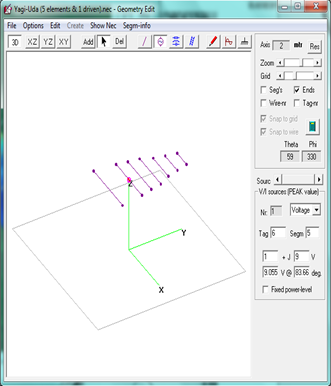
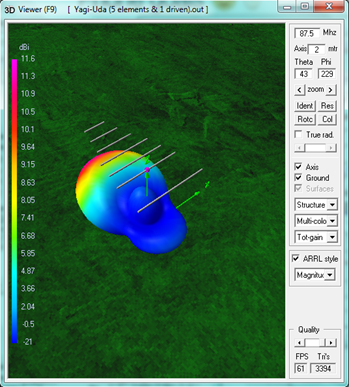
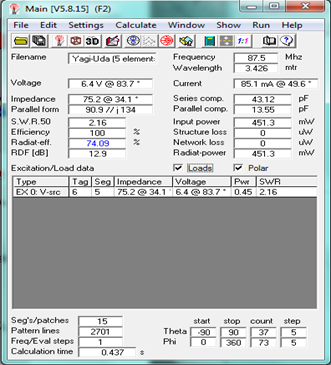
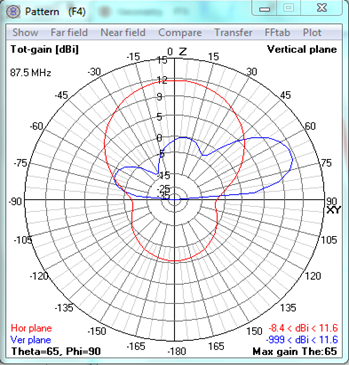
Your contribution cannot be approved because it does not refer to or relate to an open-source repository. See here for a definition of "open-source."
You can contact us on Discord.
[utopian-moderator]